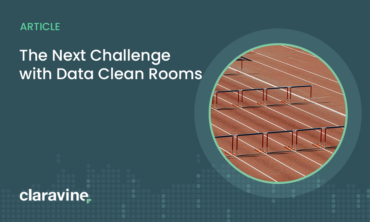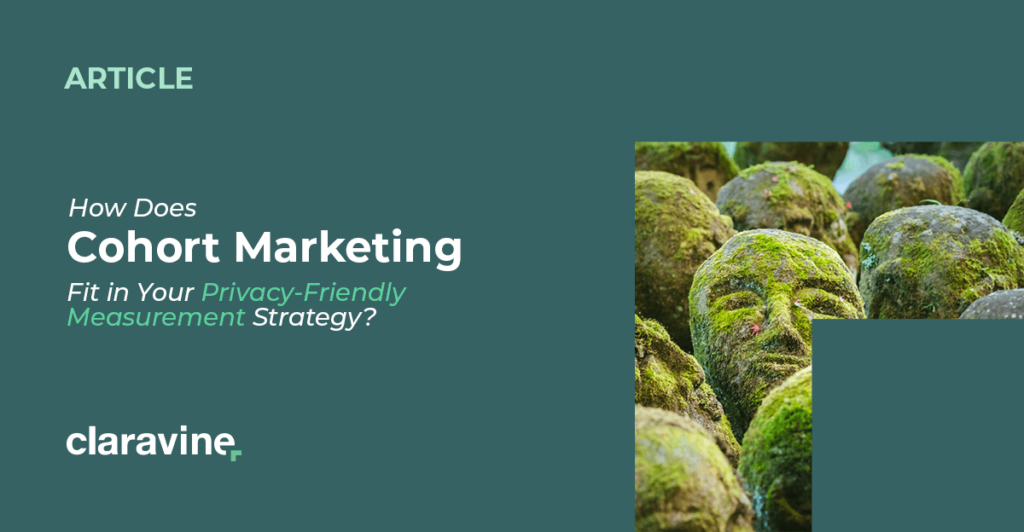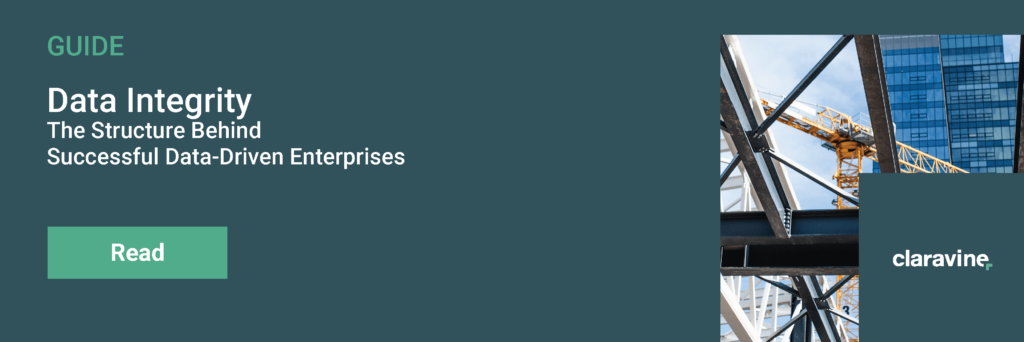Data Clean Rooms for Post-Cookie Marketing Measurement
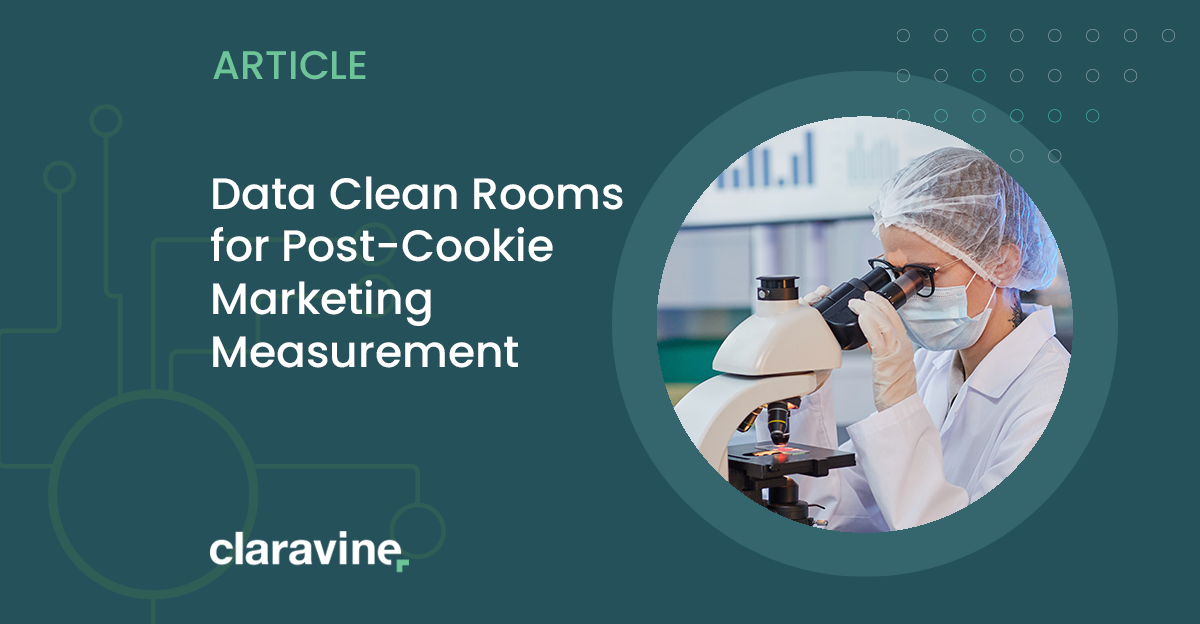
You have to give it to the adtech industry — it doesn’t take long to find workarounds and next-best-things.
One such solution is data clean rooms: secure and encrypted software platforms to share and “play with” anonymized, aggregated customer data without revealing raw data (or PII).
Data clean rooms may be the key, or at least one of them, to executing privacy-friendly measurement strategies. Take a closer look at data clean rooms: what they are, why they matter, and how the right data strategy will enhance clean rooms’ value.
You’ll find a promising path towards the much-talked-about, but rarely realized, holistic measurement endgame.
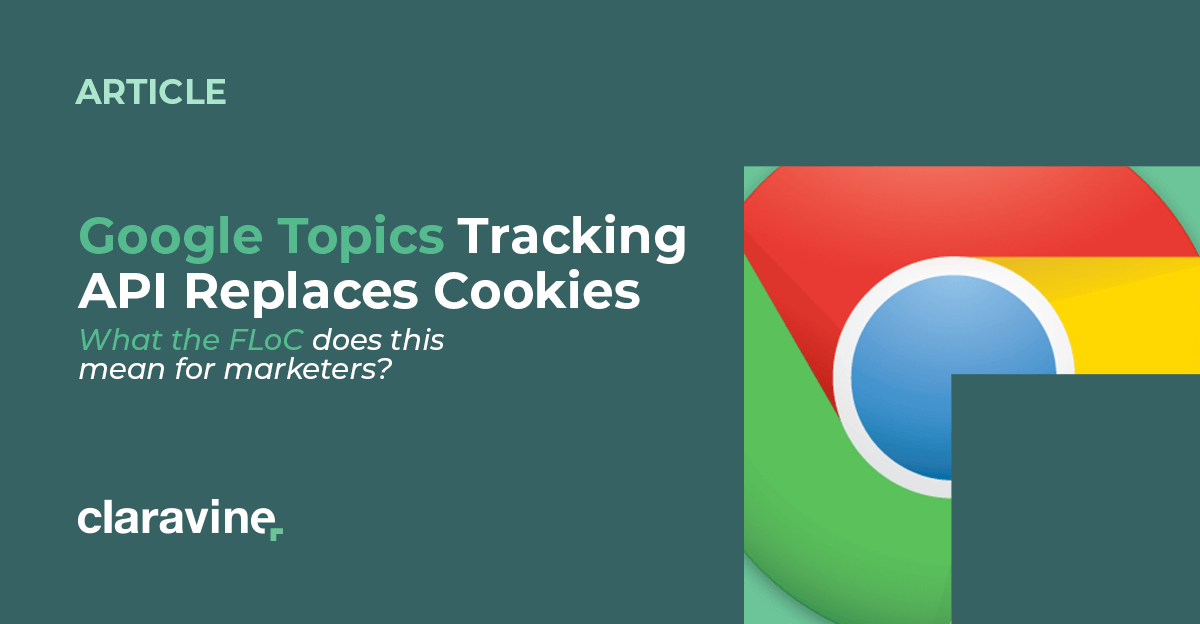 With the end of the third-party cookie looming and Apple’s IDFA deprecation well underway, agencies, brands, publishers, and walled gardens are scrambling to find — or create — alternative measurement and attribution strategies.
With the end of the third-party cookie looming and Apple’s IDFA deprecation well underway, agencies, brands, publishers, and walled gardens are scrambling to find — or create — alternative measurement and attribution strategies.
Get Your Hands Dirty in Data Clean Rooms
What is a Data Clean Room?
Data clean rooms are encrypted, secure environments in which companies can match and aggregate anonymized first-party data with data from the clean room provider.
If there were a sign hanging above a data clean room’s “door,” it would say something like, “privacy guaranteed.” If a data clean room were a bar, it would be a speakeasy — the type that doesn’t allow cell phones, but does encourage the clinking of glasses and sharing of stories between friends. Of course, a more sterile analogy is obvious: hermetically sealed chambers that preserve a distinct atmosphere and environment.
Media companies can safely share customer data, and marketers can add their first-party data without worrying about violating privacy regulations or forfeiting a competitive advantage by oversharing, because all data is hashed and encrypted to protect personally identifiable information (PII).
Data clean rooms are relevant to any two parties that would like to share data safely. Agencies and enterprises are investing in their own clean rooms, with the aim of aggregating data sets across multiple sources. For example, Unilever has built a clean room that can analyze data across multiple platforms, and Hershey’s is pitching one to its retailers for safely storing customer loyalty data.
Why Marketers and Advertisers are Embracing Clean Rooms
A 2021 Claravine study revealed that 63% of advertisers are expecting privacy changes to negatively impact their global view of campaign performance. Clean rooms offer a safe harbor to share privacy-sensitive data while adhering to data privacy compliance laws, such as GDPR and CCPA.
They also mitigate the risk of a data breach without sacrificing the business advantages gained by sharing, matching, and analyzing data across channels and parties. Their contribution to effective measurement makes them invaluable in a post-cookie world.
But while data clean rooms can provide an in-depth picture of a particular platform, advertisers will need to be industrious and intentional if they are to compare performance across channels.
Measuring Across Walled Gardens
Walled garden clean rooms, in particular, are garnering buzz for their potential to enable effective measurement and analysis, without using personal identifiers. Facebook, Amazon, and Google all offer clean room platforms for sharing consumer data with advertisers as a safe space for data layering and matching.
When an organization adds its first-party data to the data provided by the walled garden, it can match and layer information to derive important insights, such as whether they are targeting the same audience they have already reached on a different platform.
Google, Amazon, and Facebook all use clean rooms . By combining anonymized first-party data with a walled garden’s data, marketers can improve campaign measurement and glean valuable insights.
But what if you advertise with more than one partner? Is comparing Google Ad DataHub (ADH) to Amazon Marketing Cloud (AMC) or Facebook Advanced Analytics like comparing apples to oranges?
It doesn’t have to be.
By using a solid metadata management framework to standardize your approach to organizing and inputting data across business units, teams, regions, and channels, you’ll be able to compare campaign performance across channels (or rooms!).
You’ll also ensure your clean room data strategy complements other tools and tactics, rather than contributing to the dangerous data sprawl that results from using multiple SaaS platforms without a data management framework.
Data Clean Room Limitations (Why You Need Metadata Management)
Walled garden data clean rooms use different methodologies to keep data secure. And they don’t play well with others. In other words, Walled Garden #1 isn’t going to welcome Walled Garden #2’s data with open arms.
 To compare data from multiple platforms, enterprises will likely have to export the data from each clean room to then combine and analyze it manually. This process is infinitely easier if a company has a marketing taxonomy, a documented framework for grouping and organizing marketing data, including metadata, no matter its source or channel.
To compare data from multiple platforms, enterprises will likely have to export the data from each clean room to then combine and analyze it manually. This process is infinitely easier if a company has a marketing taxonomy, a documented framework for grouping and organizing marketing data, including metadata, no matter its source or channel.
Another challenge of data clean rooms is the void of industry standards for data implementation, meaning different platforms and users could be combining data in varying formats — which makes aggregating data a struggle.
By enacting data standards through thoughtful metadata management, you’ll ensure you’re using the same inputs across clean rooms, regardless of channel, team, or tools.
A Quick Refresher on Metadata
Metadata is the data that describes and gives context to an information asset. Think details such as author, date created, file size, keywords, and even more tactical elements such as campaign names, departments, and partners.
These data “details” can easily get out of hand if you don’t have processes and policies for collecting and organizing them. Creating these processes ensures digital assets can be discovered, integrated, shared, and analyzed across your business and consistently used —and measured — across channels, tools, and platforms, including clean rooms.
For marketers, metadata management includes parameterizing digital assets to identify all of the characteristics that could be useful to measure and quantify. For example, metadata for a video ad might include the emotional response an ad elicits, as well as information about the target audience and creative.
Don’t sleep on metadata management — in fact, brush up with the guide so you feel like an expert.
Data Standards and Governance for Clean Rooms
To build the fields, lists, and values needed to template data inputs, manage the relationships between metadata across marketing channels, and collaborate across teams —
and go in and out of clean rooms — a growing number of enterprises are using a marketing data standards tool. This system serves as a company’s data backbone, enabling the consistent use and understanding of data across all SaaS and marketing platforms, including clean rooms.
Data standards tools are an important component of a data governance framework, a company’s defined set of processes for collecting, storing, and using data. By investing in data governance, you’ll not only facilitate cross-channel measurement and attribution, you’ll also:
- streamline internal processes
- lessen the data-cleanup burden on data science teams
- contribute to higher ROI on marketing campaigns
How Data Clean Rooms Fit in a Privacy-First Marketing Strategy
Clean rooms are important, not just because of their function, but because of what they stand for: a future in which effective marketing measurement and attribution is possible (and trusted), without personal IDs.
Data rooms are not “cookie replacements,” though. Rather, they are components of a modern approach to cross-media attribution. Other privacy-friendly marketing strategies, all of which work better when a company has a purposeful data framework, include:
- Walled gardens, including the usual suspects, Google, Facebook, and Amazon, as well as LinkedIn, TikTok, and Snapchat
- Cohort marketing, based on groups of users, or cohorts, that share common identifiers, thereby allowing marketers to target advertising and make informed conclusions without using PII
- Universal IDs, Google’s privacy-friendly third-party cookie alternative
Clean room data is also a valuable tool for experimentation, a concept today’s marketers need to get comfortable with. While A/B testing a website CTA or ad copy is commonplace, experimenting with paid media campaigns feels risker. Yet, it leads to valuable learnings that pave the way for continued marketing success.
To experiment most effectively, companies should develop a systematic approach to testing and ensure they are using the same inputs across channels, or clean rooms.
Getting (Your Data) Ready for Data Clean Rooms
Data clean rooms aren’t a cure-all for the industry’s measurement challenges. They do allow walled gardens to safely share customer data with advertisers, who can increase the value of that data by combining it with first-party assets. Walled garden clean rooms are not interoperable, but enterprises and agencies will continue to explore how they can use clean rooms to manage data from multiple sources.
Whether you are building a clean room, or evaluating data from different clean room partners, it is important to have a solid approach to data governance and metadata management. That’s because they lead to data integrity.
And that’s where we’ll send you next (after you review the other resources linked above): a deep dive into data integrity, the core data attribute that makes all this privacy-friendly marketing actually work.


